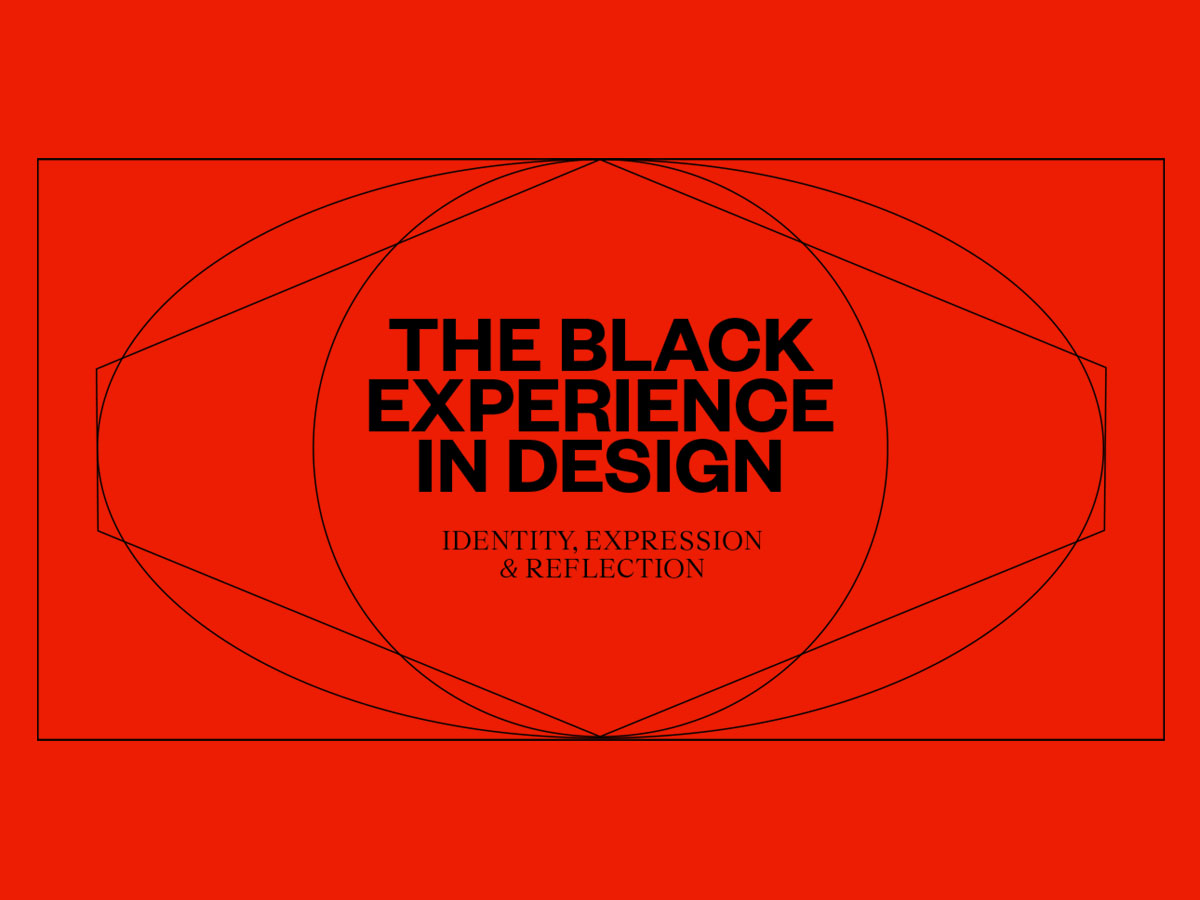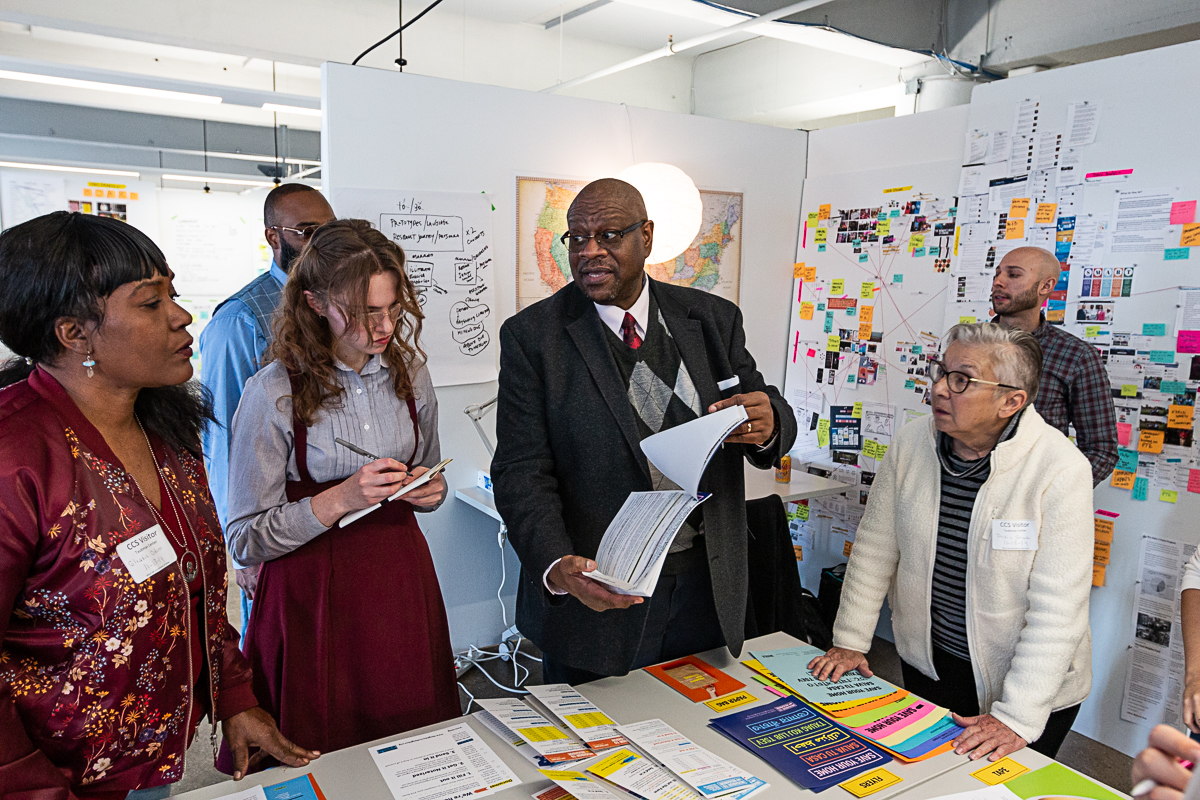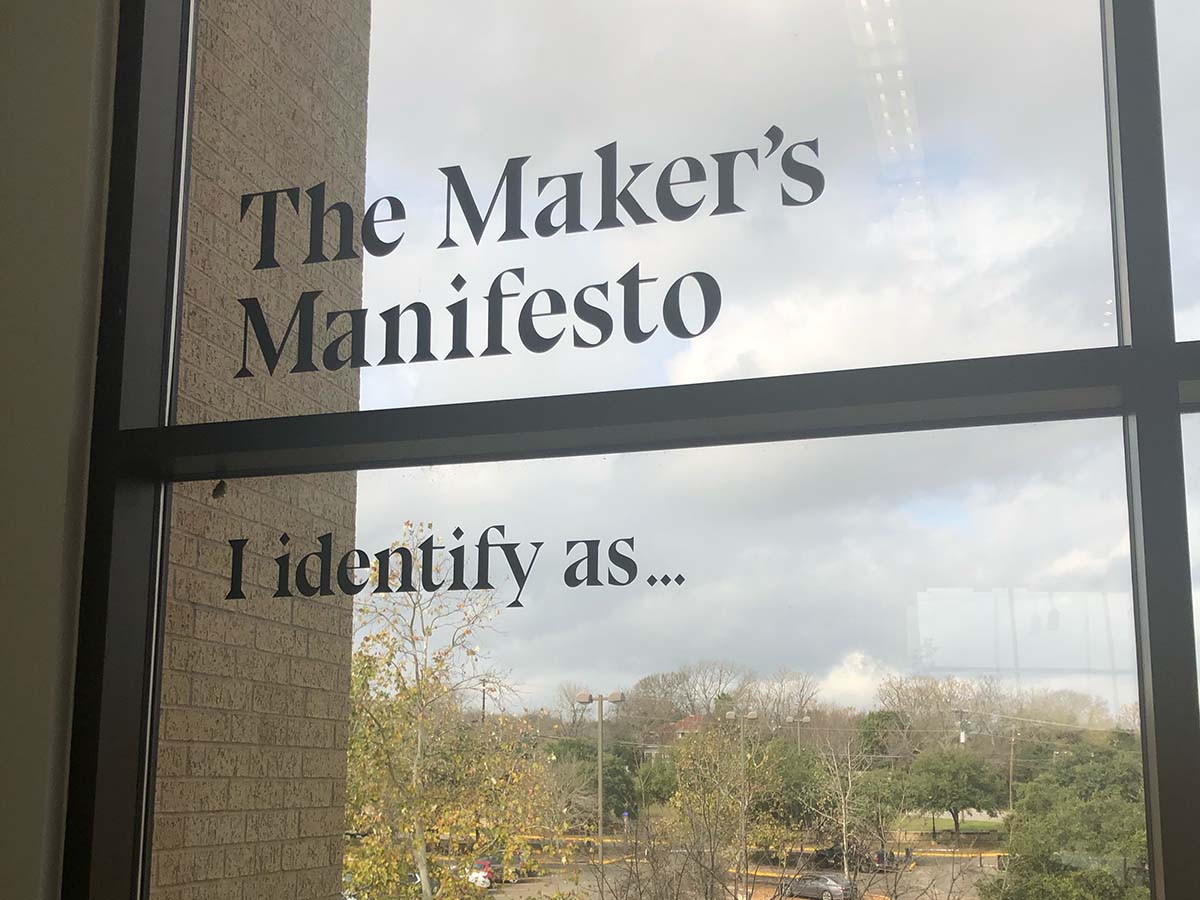Anne H. Berry
Associate Professor
Cleveland State University
Jennifer Rittner
Visiting Assistant Professor
Parsons School of Design
Kelly Walters
Assistant Professor of Communication Design
Parsons School of Design
Lesley-Ann Noel, PhD
Assistant Professor
NC State University
Penina Laker
Assistant Professor
Washington University in St. Louis
Kareem Collie
User Experience Design Lead
IBM
Excluded from traditional design history and educational canons that heavily favor European modernist influences, the work and experiences of Black designers have been systematically overlooked in the profession for decades. However, given the national focus on diversity, equity, and inclusion in the aftermath of the nationwide Black Lives Matter protests in the United States, educators, practitioners, and students now have the opportunity—as well as the social and political momentum—to make long-term, systemic changes in design education, research, and practice, reclaiming the contributions of Black designers in the process.
The Black Experience in Design: Identity, Expression, and Reflection (BEID), an anthology centering a range of perspectives, spotlights teaching practices, research, stories, and conversations from a Black/African diasporic lens. Through the voices represented, this text exemplifies the inherently collaborative and multidisciplinary nature of design, providing access to ideas and topics for a variety of audiences, meeting people as they are and wherever they are in their knowledge about design. BEID is a reference for students in design, communication, and related areas of study, as well as a reference for diverse audiences, including but not limited to educators and academics from cultural studies, media studies, film, sociology, psychology, history, critical theory, and other social sciences.
Of particular note is the role of Sylvia Harris’ seminal 1998 essay “Searching for a Black Aesthetic in American Graphic Design” as a foundational piece for the text. In publishing this book, the editors have responded to her call to “contribute to [the existing] body of knowledge and support a generation of designers hungry to see their people and experience reflected in the mirror of our profession.” At least a portion of the wide range of work and research undertaken by Black designers has been codified in this text that we as design educators, practitioners, and former students wish we previously had in our collections and need for our own teaching, scholarship, and practice.
At the time the book was conceived and published, moreover, it was the first of its kind. The editorial team was inspired by a number of books on related topics, yet no other text captured both the diversity and breadth of Black contributions to design history and creative practice—past, present, and future—in one resource/anthology. Ultimately, The Black Experience in Design serves as both inspiration and a catalyst for the next generation of creative minds tasked with imagining, shaping, and designing our future. As author and critic Steven Heller noted, The Black Experience in Design is “A long time coming.”
The Writing/Publication Process
The publication of The Black Experience in Design began and ended in the midst of the 2019 Coronavirus pandemic. The entirety of the editorial team process and book production, consequently, was conducted via email and Zoom meetings across three time zones and with the aid of Slack and Miro applications.
The starting point for the project was a special issue journal focused on Black designers. However, as a result of editorial team conversations, discussions shifted away from a particular venue or format to focus more squarely on our collective goals, i.e., what we hoped to achieve through our efforts. Namely, reaching a diverse creative audience and covering a wide range of topics. A book provided the flexibility needed, and we subsequently developed a table of contents that spoke to the range of subjects we aimed to address.
BEID grew from approximately 50 contributors to 70, nearly doubling the size of the manuscript. Yet, the outcome reflects only a portion of the month of outreach undertaken, including interviews and rounds of feedback and editing. Importantly, we strived to build connections among contributors and editors during a period of cultural, social, and political upheaval; by meeting with contributors within our respective chapters and hosting writing sessions, we provided support and promoted a sense of community.
The Design Process
The initial illustration concept stemmed from the idea of Black designers being trapped within a box. No matter how hard we try to reshape or reform that box, it still remains present. The goal, subsequently, was to demonstrate this concept visually; the illustrations represent variations of reclaiming or breaking free from the aforementioned box. Each chapter has its own themes and related motifs that accompany introductions and individual essays within each chapter.
The typography of the book was thoroughly researched and considered to meet the needs of a massive, complex system. The moments of dialogue leave ample space to pause and reflect on the words and mimic the feeling of an actual conversation. The chapter introductions use a large, lean serif that dances around the illustrations. All components work together as a system to help the reader digest the information and enjoy the experience.
Impact + Outcomes
- The retail store Target pre-ordered 8,000 copies.
- The School of Visual Arts (NY, NY) donated $2,000 to help cover publication costs.
- We launched a Kickstarter campaign that garnered nearly 300 backers and raised over $21,000, exceeding our $15k goal.
- BEID has been acquired by colleagues at the following institutions and organizations: California College of the Arts, Cleveland State University, The College of New Jersey, CUNY College of Technology, Drexel University, East Tennessee State University, Inneract Project, Kansas City Art Institute, Kent State University, Lesley University, Maryland Institute College of Art, National Museum of African American History and Culture, University of Notre Dame, North Carolina State University, Parsons School of Design, Penn State University, Pentagram, Princeton University, Rhode Island School of Design, San Francisco State University, Tennessee State University, University Arts London, University of Connecticut, University of Michigan, the University of Texas at Austin, Virginia Tech, Washington University in St. Louis, Yale University
- Via Kickstarter, BEID has been shared in the following countries internationally: Australia, Canada, Germany, Greece, Great Britain, Kenya, Netherlands, New Zealand, Portugal, South Africa, Spain, and Sweden.
- As of mid-October 2022, BEID has sold approximately 5,000 copies.
- An audiobook version of The Black Experience in Design is currently in production.
Biography
Anne H. Berry is a writer, designer, and design educator at Cleveland State University. Her published writing includes “The Virtual Design Classroom” for Communication Arts magazine and “The Black Designer’s Identity” for the inaugural issue of the Recognize anthology featuring commentary from Indigenous people and people of color. She is also co-creator of the award-winning project Ongoing Matter: Democracy, Design, and the Mueller Report and managing editor of The Black Experience in Design: Identity, Expression, and Reflection.
Jennifer Rittner is a writer and educator currently serving as Visiting Assistant Professor at Parsons School of Design. She has been published in the New York Times, DMI: Journal, and AIGA Eye on Design; and in 2021 served as guest editor for a special issue on design & policing for Design Museum magazine. A daughter of women, Jennifer centers the voices of her near ancestors Bernadette, Aurea, and Dianqui in her practices.
Kelly Walters is a designer, educator and founder of the multidisciplinary design studio Bright Polka Dot. Her ongoing design research interrogates the complexities of identity formation, systems of value, and the shared vernacular in and around Black visual culture. She is the author of Black, Brown + Latinx Design Educators: Conversations on Design and Race published by Princeton Architectural Press and a coeditor of The Black Experience in Design. Kelly is an Assistant Professor of Communication Design at Parsons School of Design at The New School in New York.
Dr. Lesley-Ann Noel focuses on equity, social justice, and the experiences of people who are often excluded from design education, research and practice. She promotes greater critical awareness among designers and design students by introducing critical theory concepts and vocabulary into the design studio e.g. through The Designer’s Critical Alphabet and the Positionality Wheel.
Penina Laker is a designer, researcher, and educator at Washington University in St. Louis. Her practice and research is centered around investigating and applying methodologies that utilize a human-centered approach to solving social problems, locally and internationally. She is currently broadening the scope and access of design education to young people in Uganda through her DesignEd workshops and My African Aesthetic, a podcast she cohosts.
Kareem Collie is a designer, strategist, and educator specializing in collaborative and human-centered design approaches to capture, reveal, and produce visual narratives and user experiences. He is the former Director of Design and Creativity at the Rick and Susan Sontag Center for Collaborative Creativity at The Claremont Colleges and is now a Global Design Lead at IBM Consulting.


